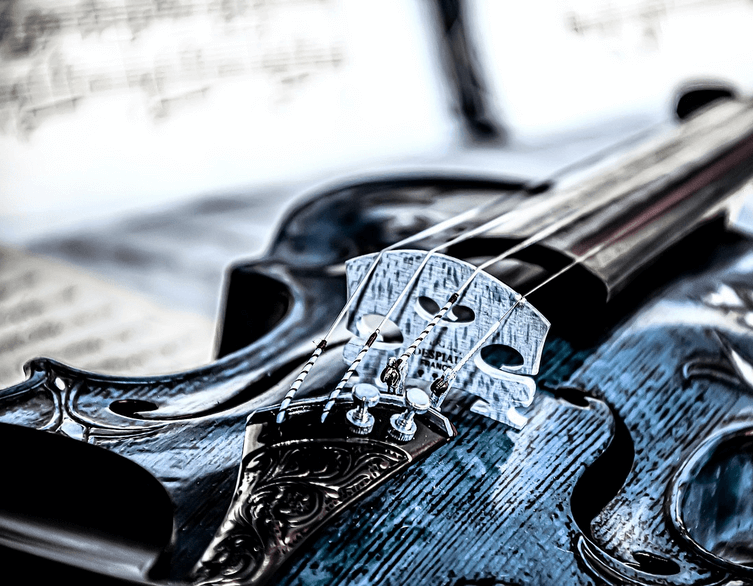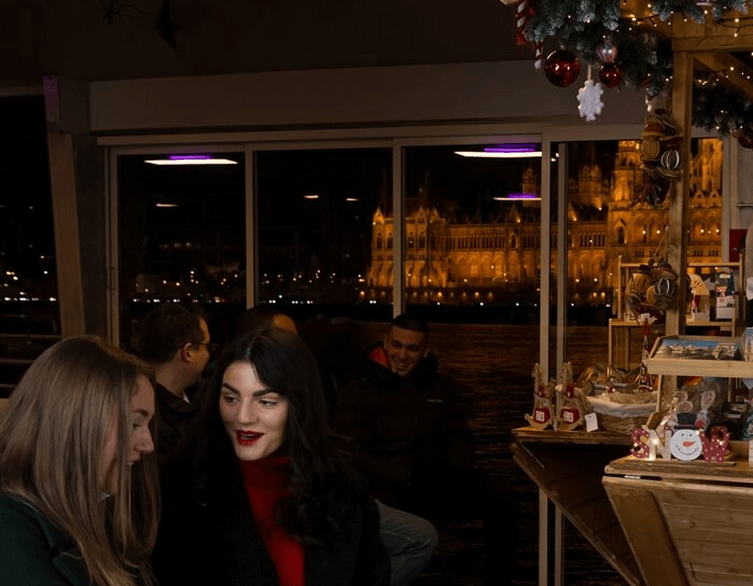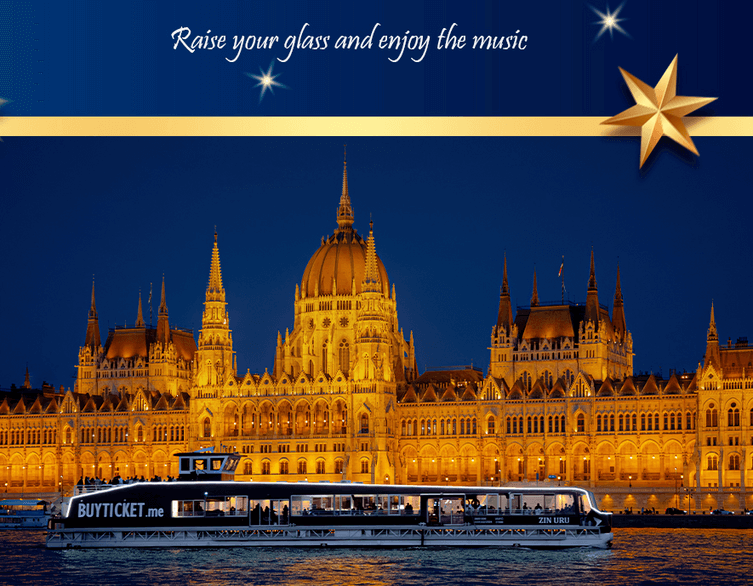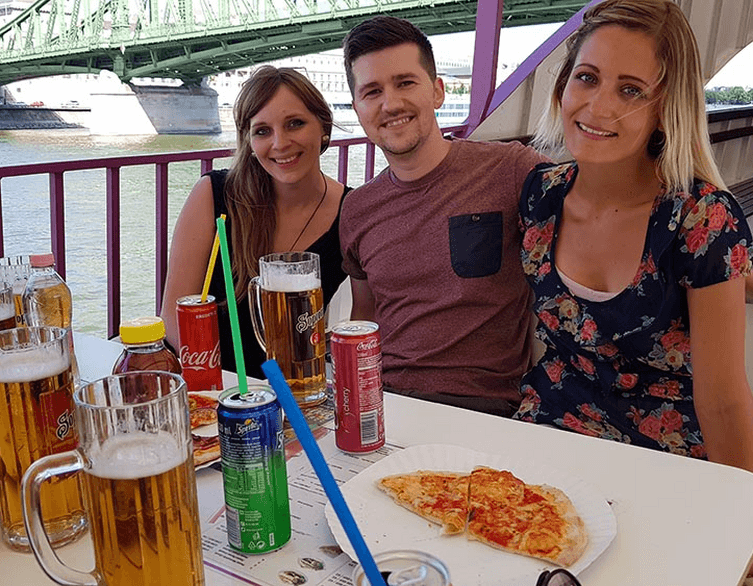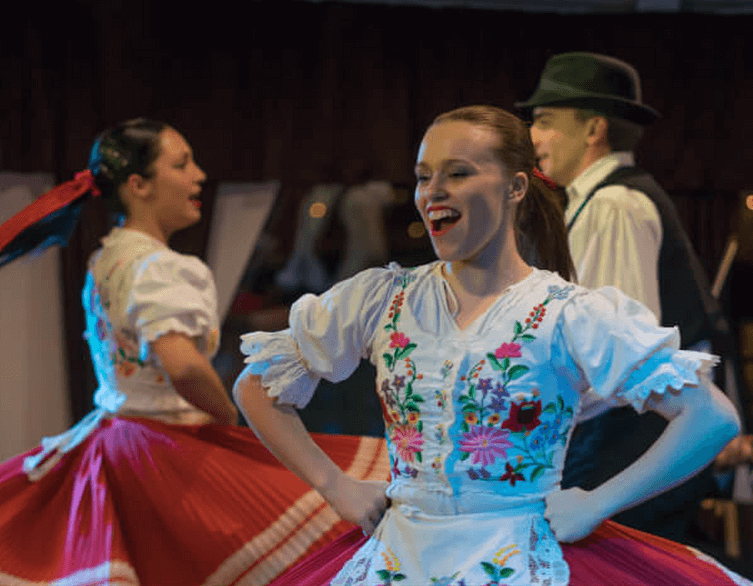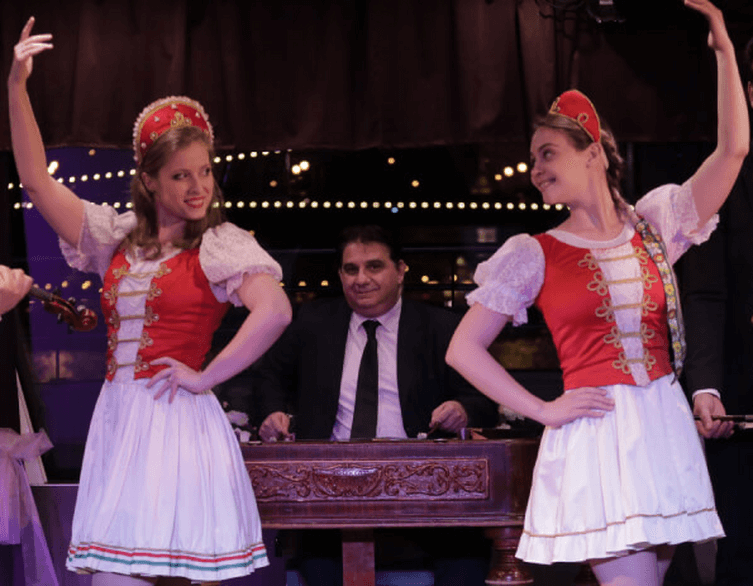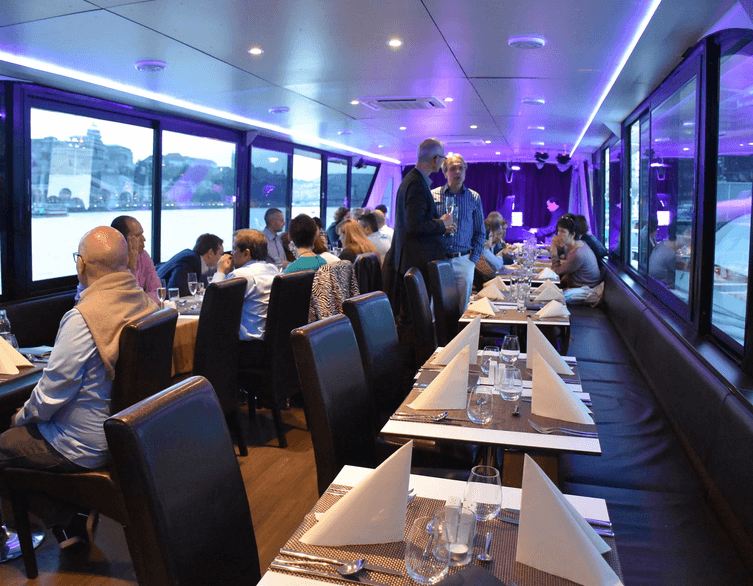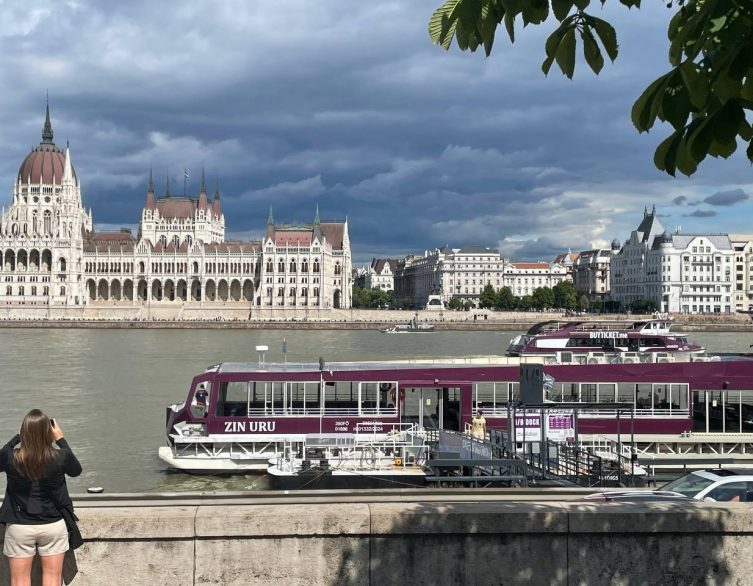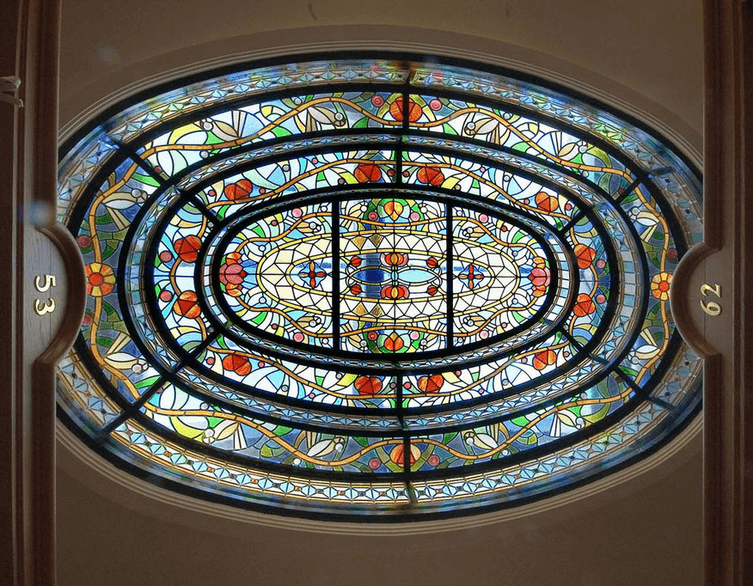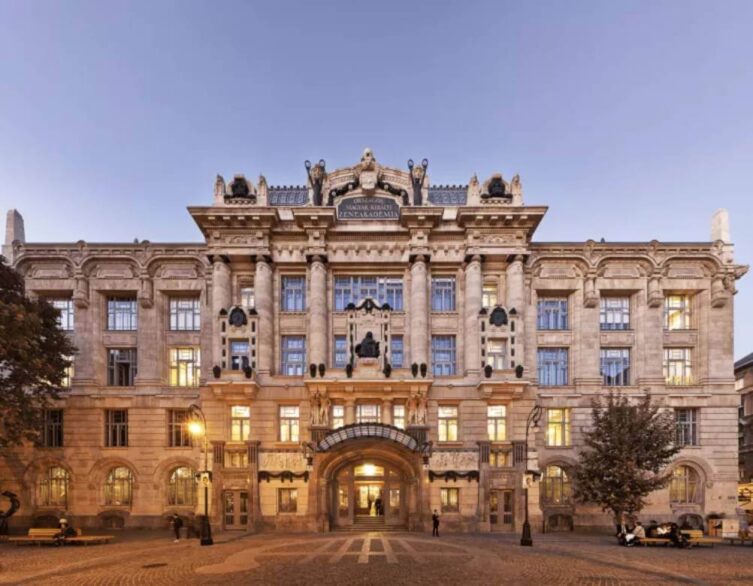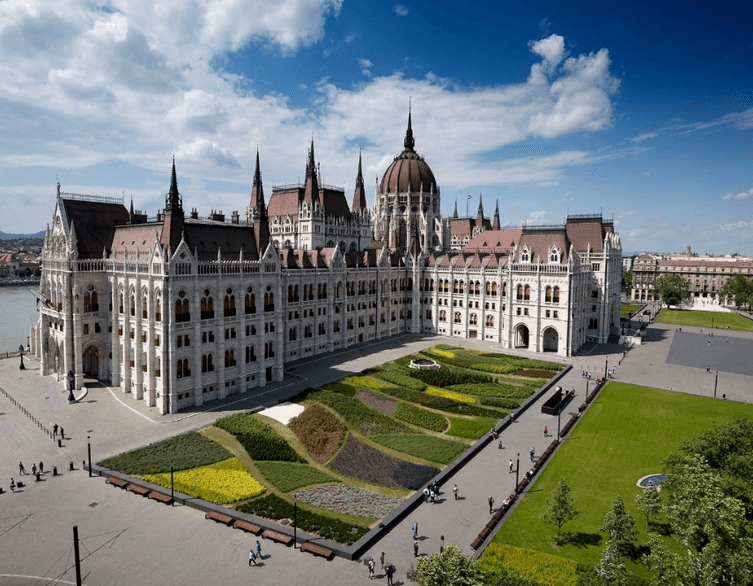The Miksa Róth Memorial House: A Hidden Gem Where Art Nouveau Lives On
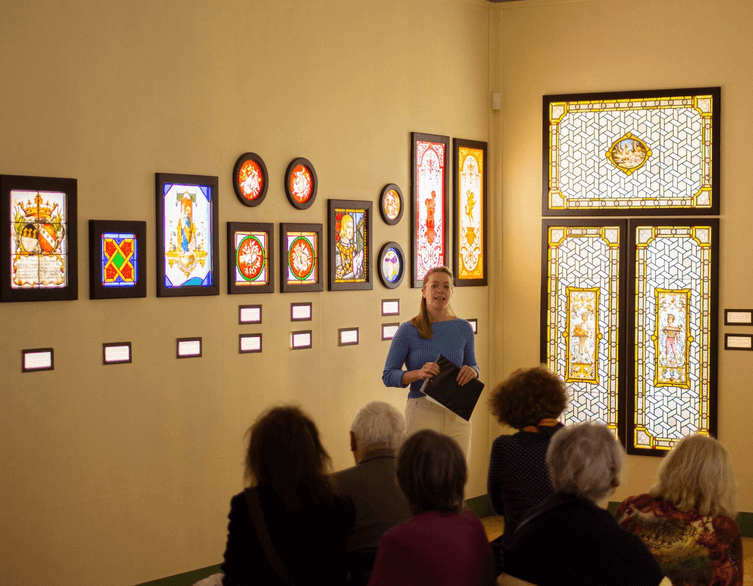
Tucked away on the quiet Nefelejcs Street in Budapest’s 7th district stands a remarkable building that offers one of the most intimate cultural experiences in the Hungarian capital. The Miksa Róth Memorial House and Collection isn’t just another museum – it’s a perfectly preserved time capsule where Hungary’s greatest glass painter and mosaic artist once lived, worked, and created the masterpieces that still define Budapest’s visual identity today.
This extraordinary small museum occupies the very building where Róth established his legendary workshop in 1911, transforming what was once the beating heart of Hungarian decorative arts into a cultural treasure that can be thoroughly explored in just 30-90 minutes.
A Museum Born from Love and Legacy
The story of the Memorial House begins with a daughter’s devotion to preserving her father’s extraordinary legacy. After Miksa Róth’s death in 1944, his wife Jozefina Walla and their children continued to live in just two rooms of the main building during the challenging communist era. The rest of this artistic sanctuary remained largely untouched, waiting for its moment to share its treasures with the world.
That moment came through Amália Róth, the master’s daughter, who made a decision that would ensure her father’s legacy for future generations. She bequeathed the family’s furniture, artwork, and personal belongings to Budapest’s Erzsébetváros district with one crucial condition: they must establish a museum dedicated to her father’s memory and work.
The Memorial House opened its doors to visitors in 1999, fulfilling Amália’s vision and creating a unique cultural institution that serves both as historical preservation and living tribute to one of Hungary’s most influential artists.
More Than a Museum: A Philosophy of Cultural Connection
The Memorial House operates under a mission that goes far beyond typical museum functions. As stated in their official mission: “Our mission is to collect, preserve, and showcase artifacts, artworks, and relics associated with the Róth family for public appreciation. We aim to engage a diverse audience in discovering our shared historical and artistic heritage. By fostering communities and integrating them into the museum’s activities, we seek to bridge the past and present, transforming the institution into a vibrant hub where modern and traditional values and cultures converge.”
This philosophy transforms every visit into more than just sightseeing – it becomes a genuine encounter with living history where visitors don’t just observe art but experience the environment where it was created.
The Building: Where Genius Found Its Home
In 1911, Róth purchased the building at 26 Nefelejcs Street from furniture factory owner Samuel Gelb, collaborating with renowned architect Samu Petz to transform it into both family residence and artistic headquarters. The renovation included not just the main building but also the construction of a four-story workshop facility in the courtyard, creating what was essentially a complete artistic ecosystem.
This wasn’t merely a home with an attached studio – it was the nerve center of Hungarian decorative arts, where dozens of skilled craftspeople worked under Róth’s direction to create the windows and mosaics that would grace palaces, churches, and public buildings across Europe. The workshop operated continuously until 1939, earning the official title “Miksa Róth Imperial and Royal Court Glass Painter and Mosaic Artist Institute.”
Walking through these intimate spaces today, visitors can almost feel the creative energy that once filled every corner, from the family quarters where Róth planned his next masterpiece to the former workshop areas where those visions became luminous reality.
Three Distinct Exhibition Experiences
The Memorial House offers visitors three complementary but distinct experiences, each revealing different aspects of Róth’s life and artistry:
The Apartment Museum: Life as Art
The first floor apartment museum provides an incredibly rare opportunity to step directly into early 20th century upper-middle-class life. These aren’t recreated rooms filled with period pieces – these are the actual living spaces where the Róth family made their home, furnished with their own belongings and decorated with Róth’s personal creations.
Visitors can see Róth’s original inkwell on his desk, examine the dining room windows he designed specifically for his own family, and marvel at lighting fixtures that operated on both electricity and gas – cutting-edge technology for their time. Every object tells a story, from the family photographs to the handcrafted furniture, creating an intimate portrait of how artistic genius intersected with domestic life.
The apartment museum reveals how Róth lived his artistic philosophy daily, surrounding his family with beautiful objects that proved his belief that art should be part of everyday existence, not confined to galleries and museums.
Ground Floor Exhibition: Masterworks in Context
Since 2005, the ground floor exhibition has offered visitors comprehensive insight into the “unparalleled richness of Miksa Róth’s work.” This space, housed in part of the original workshop area, displays many of the master’s most remarkable glass artworks, each piece chosen not just for aesthetic beauty but for its technical mastery, historical significance, and artistic innovation.
Here, visitors can examine up close the intricate details that made Róth’s work revolutionary: his pioneering use of Tiffany glass, his innovative firing techniques that achieved unprecedented color vibrancy, and his seamless integration of different materials. The exhibition demonstrates why Róth’s contemporaries considered his workshop the pinnacle of decorative arts excellence.
Each displayed piece represents not just individual artistic achievement but also glimpses into the broader cultural and historical context of turn-of-the-century Hungary, when Budapest was transforming into one of Europe’s most beautiful capitals.
Best deals of Budapest
Upstairs Chamber Exhibition: Innovation and Collaboration
The upstairs chamber exhibition presents a carefully curated selection from Róth’s mosaic and glass art collection, alongside pieces from his personal collection that influenced his artistic development. This intimate space, recently renovated for the RÓTH160 anniversary year, explores the symbolism and material innovations that made Róth’s work genuinely revolutionary.
Highlights include examples of his groundbreaking collaborations with the Zsolnay ceramic factory, original signboards that demonstrate his commercial artistry, and award-winning pieces like the silver medal-winning mosaic created with Tiffany glass that triumphed at the Paris World’s Fair. The exhibition reveals how Róth’s innovations extended beyond individual techniques to encompass entirely new approaches to decorative art.
Visitors can trace the evolution of his artistic vision from early Gothic revival influences through his Art Nouveau masterworks to his later Art Deco experiments, understanding how a single artist helped define multiple artistic movements.
Visiting Information and Practical Details
Opening Hours and Admission
The Memorial House operates year-round with seasonal scheduling: January 1 – July 31 and September 1 – December 31, Tuesday through Sunday from 2:00 PM to 6:00 PM. The museum closes during August for summer maintenance and conservation work.
Admission prices are reasonable for this specialized cultural experience: approximately 750 HUF for adults and 350 HUF for students and pensioners, making it accessible to diverse audiences while supporting ongoing conservation efforts.
The museum’s intimate scale means that visitors can thoroughly explore all exhibitions and gain deep appreciation for Róth’s artistry in just 30-90 minutes, making it perfect for both dedicated art enthusiasts and those with limited time.
Guided Tours and Educational Programs
Professional guided tours are available in both Hungarian and English, with advance booking required for groups of 8-30 people. These specialized presentations cost 10,000 HUF for Hungarian language groups and 18,000 HUF for English language tours (plus admission), reflecting the expert knowledge required to properly interpret these masterworks.
Architectural tours provide comprehensive building history, exploring how the structure itself reflects the artistic and social dynamics of its era. These specialized presentations cost 12,000 HUF per group and require similar advance booking.
The museum regularly hosts family-friendly creative workshops where children and adults can try their hands at traditional crafts, learning glass painting and mosaic techniques in simplified, accessible formats. These programs embody Róth’s belief that art education should begin early and remain enjoyable throughout life.
Important Visitor Considerations
The Memorial House staff emphasizes that only institution employees can provide guided tours – external guides or tour leaders cannot conduct presentations within the museum. This policy ensures that all educational programming meets their high standards for accuracy and insight.
For accessibility and comfort, the museum requests advance notification for all group visits, allowing staff to ensure optimal experiences for all visitors while protecting the delicate artworks and historic interiors. While English signage could be improved, the intimate scale and knowledgeable staff help bridge any language gaps.
Current Developments and Future Vision
The Memorial House continues to evolve as a cultural institution, with recent initiatives including an active museum blog launched in 2025 and comprehensive programming for the RÓTH160 anniversary year celebrating the 160th anniversary of the master’s birth. These developments demonstrate the institution’s commitment to making Róth’s legacy relevant to contemporary audiences while maintaining the highest standards of historical authenticity.
The Memorial House as Cultural Bridge
What makes the Miksa Róth Memorial House and Collection truly exceptional isn’t just its extraordinary collection or its historical authenticity – it’s the institution’s success in making turn-of-the-century artistic genius accessible and relevant to contemporary audiences within an intimate, personal setting.
Visitors leave understanding not just what Róth created, but why his innovations mattered and how they continue to influence artistic and cultural life in Hungary and beyond. The museum succeeds in its mission to “bridge the past and present,” proving that great art transcends historical periods to speak directly to human experience.
In an age of digital reproduction and mass production, the Memorial House offers something increasingly rare: direct encounter with handcrafted excellence in the very environment where it was conceived and created. Here, visitors don’t just learn about Art Nouveau – they experience it as a living philosophy that believed beauty should enhance daily life.
Whether you’re an art historian, a casual culture enthusiast, or simply someone who appreciates exceptional beauty, the Miksa Róth Memorial House at 1078 Budapest, Nefelejcs utca 26 offers one of the capital’s most rewarding cultural experiences. It’s a place where the intimate scale enhances rather than diminishes the artistic achievement, where seeing fewer objects more deeply proves far more satisfying than racing through vast collections.
This is museum-going as it should be: personal, educational, and genuinely transformative – a perfect tribute to an artist who believed that true craftsmanship could create beauty lasting far beyond any single lifetime.
Related news
Related events
Related attractions

